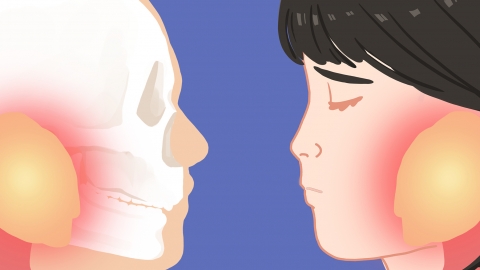How many days does it usually take for mumps to cause swelling?
Under normal circumstances, swelling from mumps usually begins about 1–2 weeks after infection. The swelling typically lasts 7–10 days, although the exact duration may vary slightly depending on the type of infection and individual physical condition. Here is a detailed analysis:

Mumps is mostly caused by viral infections and has a certain incubation period after infection, after which symptoms gradually appear. In the early stages of illness, patients may first experience mild pain or aching in the parotid gland area. Within 1–2 days, swelling becomes increasingly noticeable, spreading outward from the area around the earlobe. This may be accompanied by local skin fever, tenderness upon pressure, and other symptoms, reaching peak swelling during this phase.
After reaching its peak, if proper care is provided and the patient's immune system is strong, the swelling usually subsides gradually within 3–5 days. The entire swelling process generally lasts 7–10 days. However, if the patient has a weak constitution or inadequate care, the swelling may persist longer and could even lead to secondary infection in the parotid gland area, causing recurrent swelling.
Once symptoms of mumps appear, it is important to rest adequately, avoid consuming acidic or spicy foods, reduce salivary secretion from the parotid glands, and alleviate pain. Additionally, maintain good oral hygiene by rinsing the mouth with warm water after meals to help relieve local discomfort and promote recovery.








